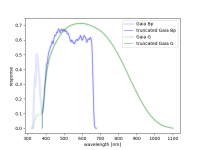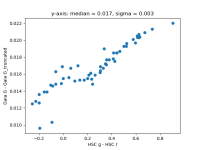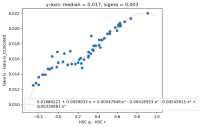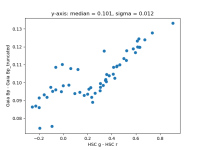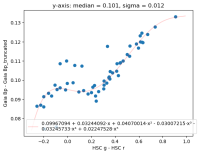-
Type:
Task
-
Status: Done (View Workflow)
-
Priority:
Normal
-
Resolution: Done
-
Affects Version/s: None
-
Fix Version/s: None
-
Component/s: None
-
Labels:
-
Epic Link:
During the work of PIPE2D-1582, we realized that getting Gaia fluxes from PFS spectra is tricky because the Gaia filter responses extend to <380nm, where PFS does not cover. There are multiple ways to deal with this, but this ticket is going to explore a simple but physically motivated way to infer the Gaia fluxes from PFS instead of a simple extrapolation of PFS spectra.
- blocks
-
PIPE2D-1582 exclude HSC and Gaia filters not covered by PFS spectra in the focal plane fitting
-
- Won't Fix
-
